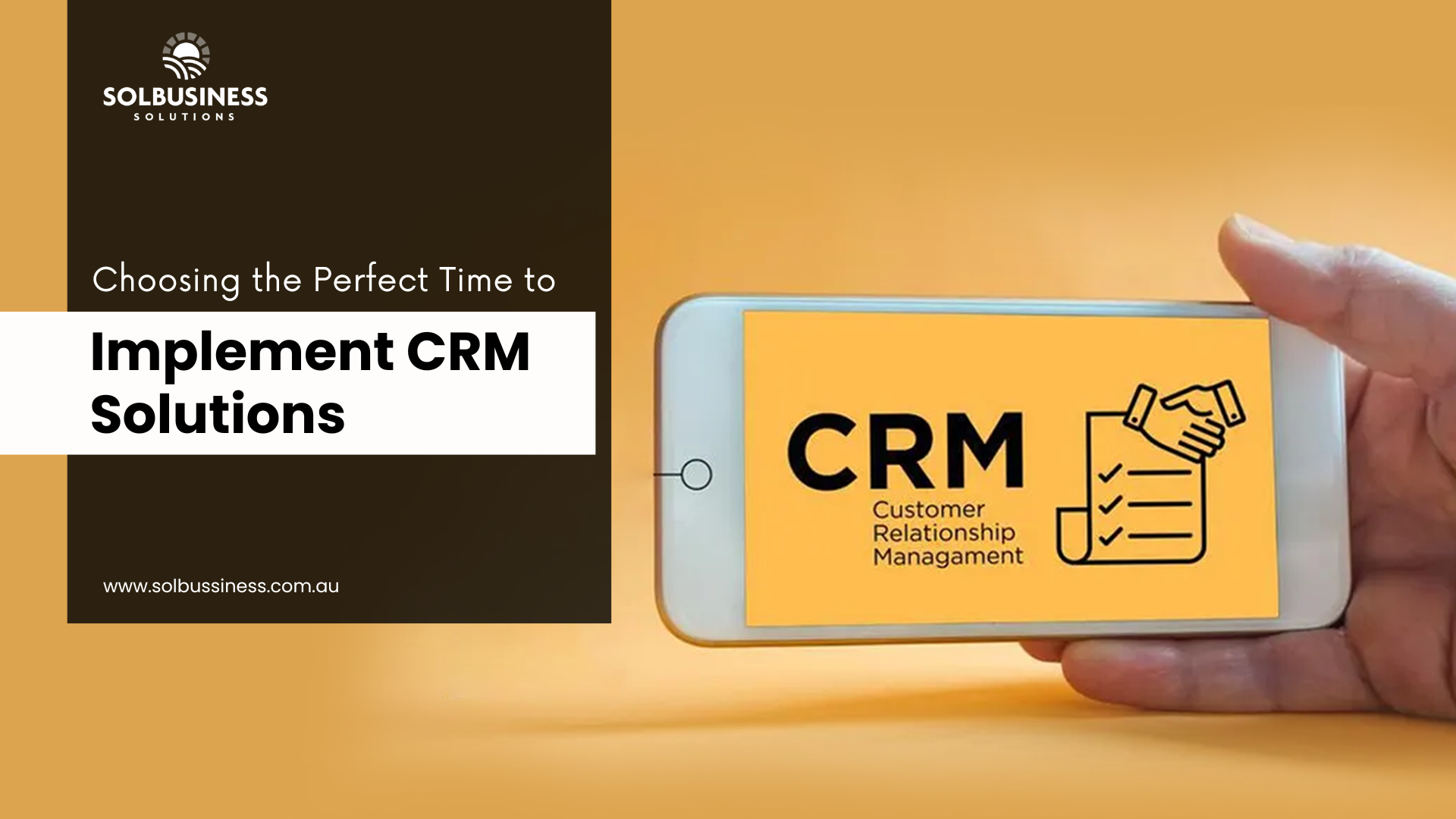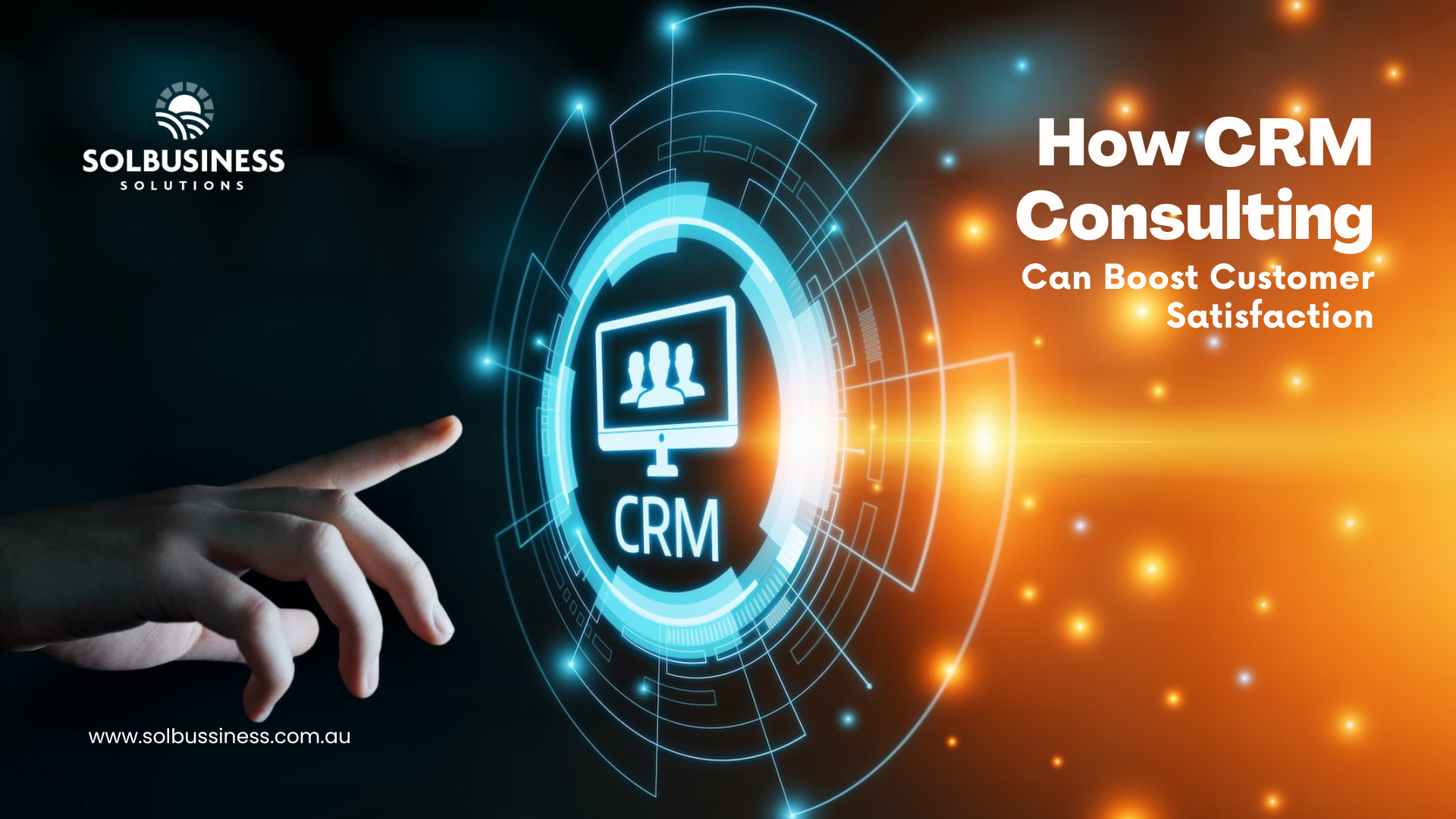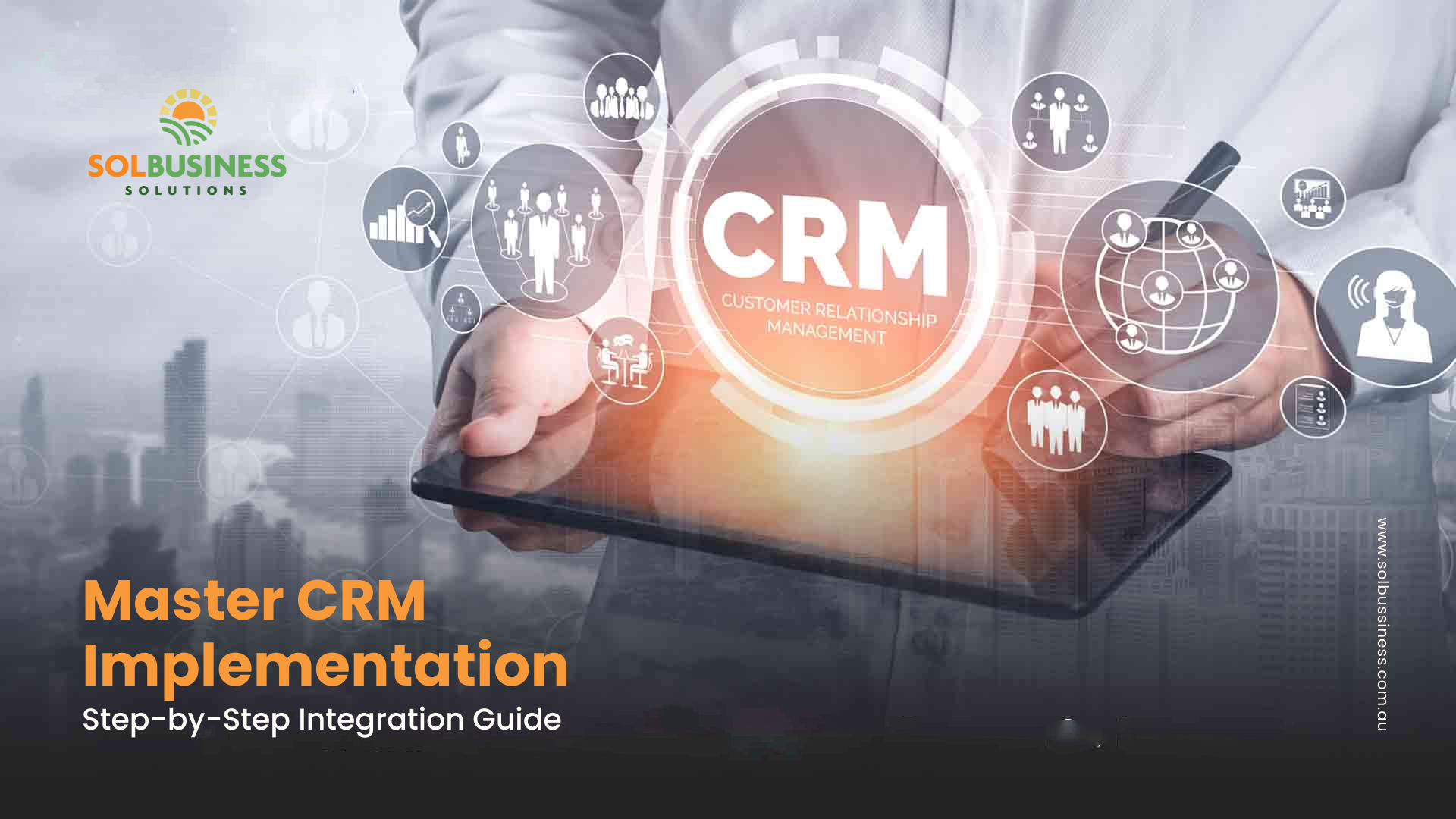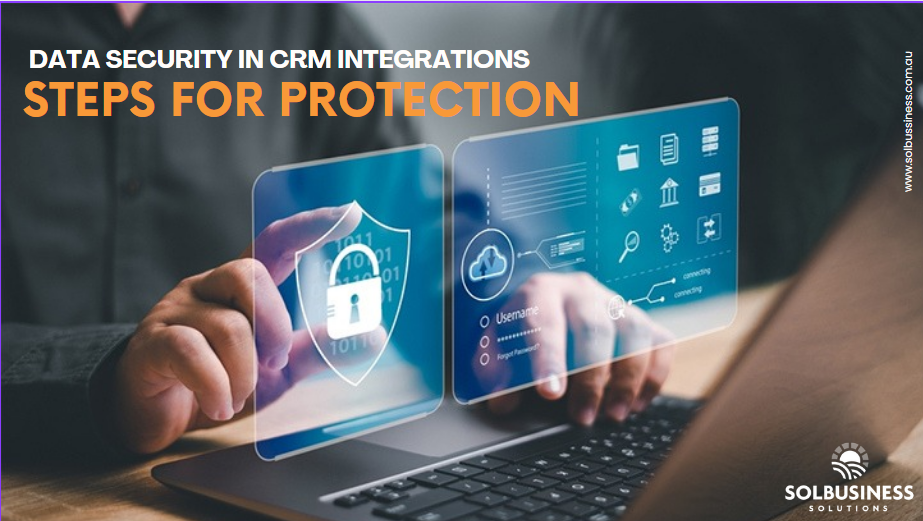Maximize HubSpot’s Potential: Is a HubSpot Consultation Worth It?
Among the many CRM options available, HubSpot has emerged as one of the most popular and robust platforms, offering tools to help businesses grow....
4 min read
 Jimmy Pomella
:
Aug 26, 2024 3:01:08 PM
Jimmy Pomella
:
Aug 26, 2024 3:01:08 PM

Customer relationship management (CRM) software programs can be the most powerful tool for companies. It can help you organize your client records, speed up your income procedure, and close extra offers, which, in the long run, will help you earn greater sales and develop your business.
However, CRM integration problems could arise, and sales representatives who have never used one before may occasionally experience a high learning curve.
Understanding these CRM integration problems is the first step toward overcoming them. Here, we'll explore some of the most typical CRM challenges and their fixes to facilitate your decision-making process.
Data Silos
Problem: One of the maximum accepted troubles in CRM integration is the creation of data silos. Records get fragmented when exceptional groups or systems operate independently inside a company. For example, different tools may be used by the customer care, sales, and marketing departments, resulting in fragmented buyer information and inefficient verbal communication.
Fix : The key to breaking down records silos is to put into effect a unified information approach. Start by identifying all the structures and databases you want included with your CRM. Use linkage or integration technologies to help sync real-time records across all platforms. Creating a separate source of truth for client information guarantees that all departments have access to up-to-date information.
Inconsistent Data Formats
Problem: Data inconsistency is another common problem that arises during CRM integration. Integrating different structures into a CRM may cause issues because they often use multiple information formats. For instance, one device may store dates in MM/DD/YYYY format, while another uses DD/MM/YYYY, leading to information disparities.
Fix: Data standardization procedures should be established before integration to address data disparities. Use data transformation tools to convert statistics into a standard layout that meets your CRM's specifications. Set validation rules in the CRM to ensure that any newly submitted data adheres to the necessary structure and specifications. This method ensures error-free record integration and reduces errors.
Complex Integration Processes
Problem: Integrating a CRM with more than one business system may be complicated and time-consuming. The complexity increases when dealing with legacy systems, custom applications, or proprietary software that might not have native integration skills.
Fix: To streamline the combination process, use an integration platform as a service (iPaaS) solution or API that offers pre-built connections for different configurations. These systems offer drag-and-drop interfaces, making it less complicated to map statistics fields between structures and automate information flows. Working with knowledgeable integration partners or getting CRM consulting services can expedite the process and guarantee that all structures function as cohesive units.
Slow System Performance
Problem: CRM systems may become slow when interacting with other apps, particularly if the integration procedure needs to be streamlined. Inadequate performance can frustrate users and prevent them from losing productivity by delaying access to important information.
Fix: Optimize your integration workflows by removing unnecessary steps and duplicate data transfers to increase system efficiency. A reliable infrastructure to manage the added demand from integrations should host the CRM. Additionally, consider implementing batch processing for large data transfers and use asynchronous integration methods where real-time synchronization is unnecessary. Regularly monitor system performance and adjust to maintain optimal speed and efficiency.
Security Concerns
Problem: Integrating a CRM with different structures can expose your business to safety risks. Data breaches, unauthorized right of entry, and compliance violations are common concerns when multiple systems are connected.
Fix: Implement encryption protocols for information in transit and at rest to prioritize safety. Verify that all systems, including those that aren't, comply with laws related to data protection, such as HIPAA or GDPR. Use position-based limitations on access and multi-aspect authentication (MFA) to limit access to sensitive information. Check your systems frequently for security flaws and replace any desired safety features. By taking these safety measures, you may reduce security risks and safeguard your business's data.
Lack of User Adoption
Problem: Even after successfully integrating a CRM with other business systems, a loss of consumer adoption can avert the integration's effectiveness. Workers who believe the new equipment is too complicated or need help understanding its cost can refuse to utilize it.
Fix: Encourage consumer adoption by providing comprehensive training and assistance. Involve key stakeholders in the integration technique and accumulate feedback to address any issues. Demonstrate the advantages of the incorporated CRM system, including progressed efficiency, higher consumer insights, and greater collaboration. Providing incentives for early adopters is another way to encourage staff members to accept the new system. Ensure the CRM interface is simple and intuitive so that new clients have a shorter learning curve.
Poor API Management
Problem: APIs are essential for CRM system integration because they let different structures communicate. However, bad API management can lead to integration disasters, protection vulnerabilities, and statistics consistency.
Fix: To manage APIs efficiently, use an API management platform that provides tools for tracking, securing, and optimizing API overall performance. Ensure that APIs are properly documented, regularly updated, and well-matched with your CRM system. Use price governing to avoid overloading the API and creating integration issues. Screen API usage and general performance to identify and address any possible issues before they affect the combination process.
Ongoing Maintenance Challenges
Problem: CRM integration isn't one-time. Continuous updating is necessary to guarantee that the interaction maintains its distinctive qualities when buildings change, and businesses want to interact.
Fix: Create a protection plan that includes regular updates, performance monitoring, and troubleshooting. Assign devoted employees or groups to supervise the combination and cope with troubles. Additionally, maintain particular documentation of the mixing procedure and any customizations made, making it easier to maintain and replace the device as needed.
Finally, integrating a CRM system with other business tools is essential for developing a continuous workflow and enhancing patron interactions. While demanding situations are inevitable, most CRM integration troubles have truthful solutions. By addressing these troubles proactively, you could ensure an easy integration procedure. If you cannot fix any of these challenges, contact Sol Business Solutions. We help you address any CRM integration and HubSpot Integration issues and maximize the price of your CRM. Let us move your can business toward extra performance and fulfillment.

Among the many CRM options available, HubSpot has emerged as one of the most popular and robust platforms, offering tools to help businesses grow....

Salesforce Health Cloud has become an effective healthcare CRM platform, seamlessly integrating patient data while enhancing care team collaboration,...

Growing your company is a thrilling and challenging process. The demand for efficient tools and techniques to handle marketing, sales, and customer...

5 min read
In today's highly competitive market, businesses must deliver stellar customer experiences to stand out. One of the most effective ways to ensure...

7 min read
Many corporations are forced to adopt the do-it-yourself (DIY) or later. If you have little resources and a ton of work to perform, managing...

5 min read
Customer Relationship Management (CRM) systems have become essential for corporations looking to streamline their operations, enhance customer...